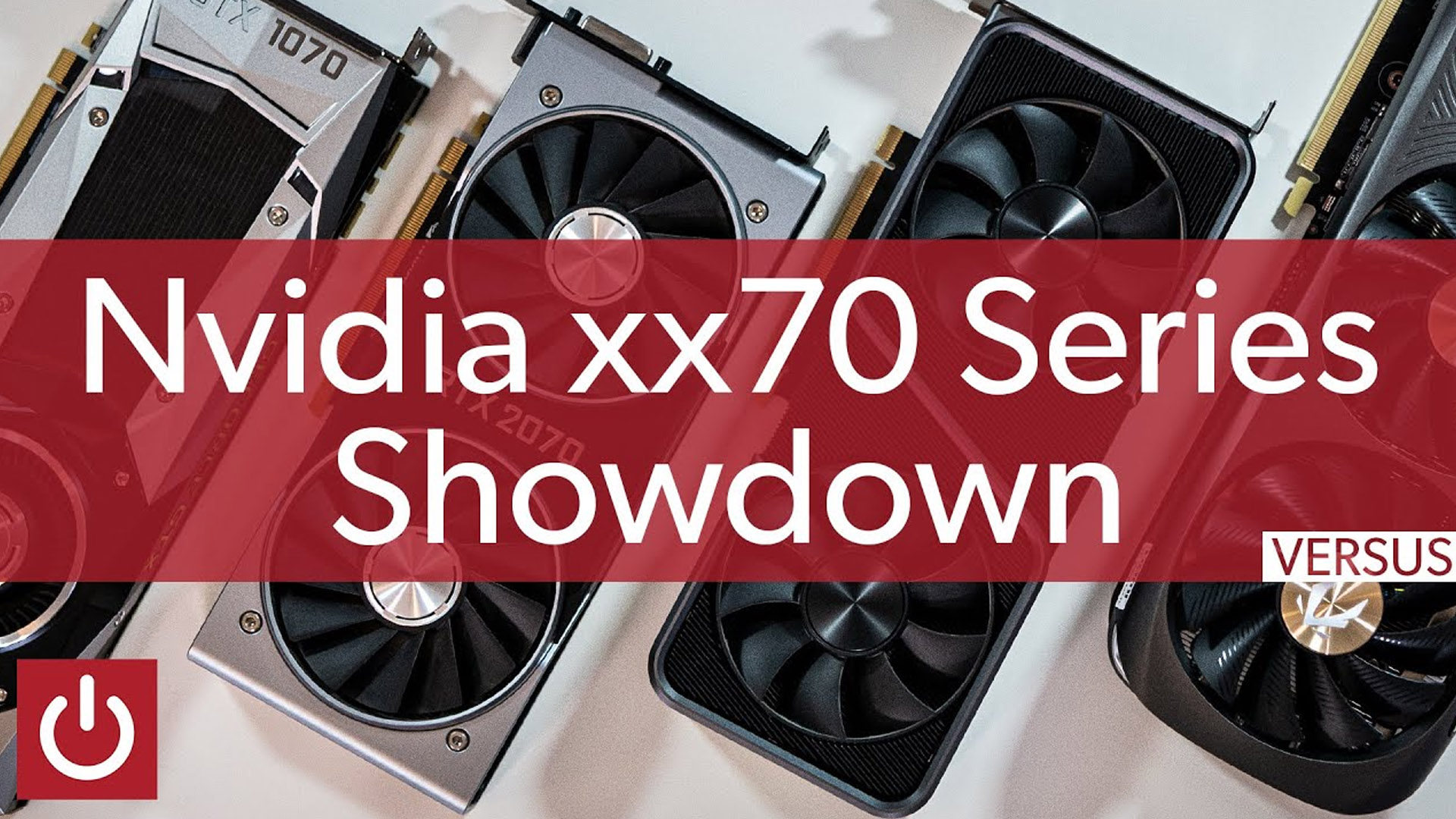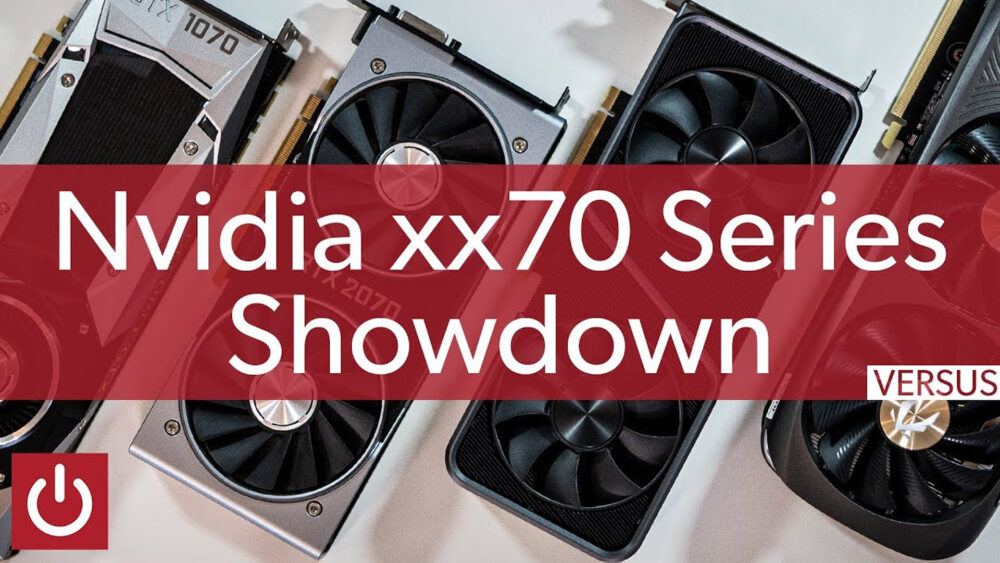
Ever since the introduction of the GTX 470 more than a decade ago, the xx70 card has been something of a standard for PC gaming, the go-to tier of performance that won’t wreck your budget for more than a month or so. But with graphics card prices climbing ever higher, is that still the case? PCWorld’s Keith May took it upon himself to answer that question, testing and comparing the improvements in the last four generations of cards: the GTX 1070 (2016), RTX 2070 (2018), RTX 3070 (2020), and RTX 4070 (right freakin’ now).
[embedded content]
Using some of our usual gaming benchmarks across four generations of cards reveals a fairly steady and predictable delta for performance, even in some older games without the benefit of more modern graphics optimization techniques. There are a few exceptions, like Modern Warfare 2, but generally you’ll see the performance curve improve with each card.
But since jump from GTX to RTX, Nvidia has been boasting less tangible improvements like support for ray tracing and DLSS, and used some of those claims to justify the increases in pricing. Are they worth it? Running through Cybeprunk’s benchmark on the RTX 2070, 3070, 4070, and 4070 with ray tracing and DLSS turned on, you can see a steady improvement in framerates thanks to these graphical shortcuts. The jump is even higher when you enable the improved DLSS 3, exclusive to the RTX 40 series. You can see similar jumps when enabling the new Overdrive Mode with path tracing.
And do these jumps in performance justify the relative increase in price? For reference, the GTX 1070 launched at a retail price of $380 in 2016, while a new RTX 4070 will run you $600 today. (The Zotac card used in this comparison is $670.) That’s a massive jump, even accounting for inflation… but it’s also the same price as the RTX 2070Founders Edition, after a brief drop last generation. Kieth concludes that the RTX 4070 is a predictable and justifiable improvement in performance, especially with the addition of DLSS 3, but it’s nothing to get too excited about.
- SEO Powered Content & PR Distribution. Get Amplified Today.
- Platoblockchain. Web3 Metaverse Intelligence. Knowledge Amplified. Access Here.
- Source: https://www.pcworld.com/article/1792918/lets-compare-nvidias-gtx-1070-rtx-2070-3070-and-4070.html
- 2016
- 2018
- 2020
- 500
- a
- About
- Accounting
- across
- ADDITION
- after
- also
- and
- answer
- ARE
- as
- At
- been
- benchmarks
- benefit
- budget
- but
- CAN
- card
- Cards
- case
- claims
- class
- Climbing
- comparing
- comparison
- content
- curve
- decade
- Delta
- DLSS
- Drop
- edition
- embedded
- enable
- enabling
- especially
- EVER
- excited
- Exclusive
- For
- four
- from
- Games
- Gaming
- generation.
- Get
- graphics
- has
- higher
- HTML
- HTTPS
- improve
- improvement
- improvements
- in
- Increase
- increases
- introduction
- Is
- IT
- jpg
- jump
- last
- launched
- like
- massive
- May
- mode
- Modern
- Month
- more
- New
- nvidia
- of
- on
- Optimization
- or
- our
- path
- PC
- PC Gaming
- performance
- plato
- plato data intelligence
- platodata
- platogaming
- predictable
- price
- prices
- pricing
- question
- retail
- Run
- running
- Series
- similar
- since
- So
- some
- something
- standard
- steady
- still
- support
- techniques
- Testing
- than
- thanks
- that
- The
- there
- These
- they
- this
- those
- Through
- tier
- to
- Today
- Tracing
- used
- while
- will
- with
- without
- worth
- you
- your
- youtube
- zephyrnet












